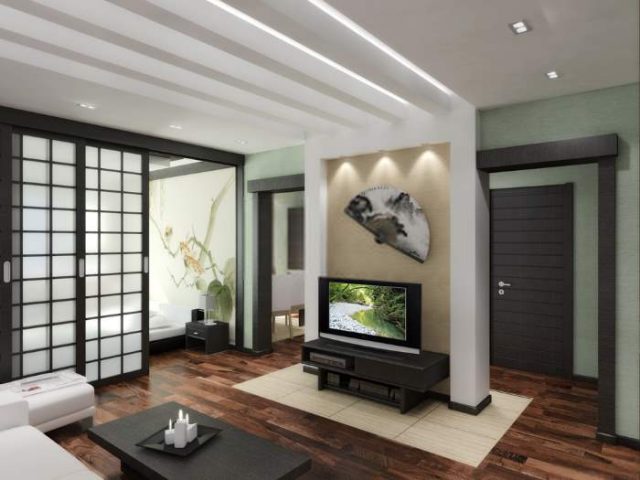
Color in Interior Design
When it comes to interior design, the use of color is a powerful tool. The colors you choose for your home can significantly impact the way you feel in a space and even influence your behaviors and moods. This is where the psychology of color in interior design comes into play. In this article, we will delve into the fascinating world of colors and how you can choose the right palette to create the perfect ambiance for your home.
The Basics of Color Psychology
Color psychology is the study of how colors affect human emotions and behaviors. It has been widely used in marketing, branding, and, of course, interior design. Each color has its unique psychological associations, and understanding these can help you make informed choices when designing your living spaces.
1. Warm Colors
Warm colors, such as reds, oranges, and yellows, are known to evoke feelings of warmth, energy, and passion. They can create a cozy and welcoming atmosphere in a room. These colors are perfect for living rooms and dining areas, where you want to encourage social interaction and lively conversations.
2. Cool Colors
Cool colors, like blues, greens, and purples, tend to have a calming and soothing effect. They are ideal for bedrooms and bathrooms, where relaxation and tranquility are essential. Cool colors can also make smaller spaces appear more open and spacious.
3. Neutrals
Neutral colors like whites, grays, and browns are versatile and timeless. They provide a sense of balance and can be used as a backdrop to accentuate other colors. Neutrals are perfect for creating a minimalist and elegant interior.
4. Accent Colors
Accent colors are bold and vibrant hues that can be used sparingly to add personality and character to a room. These can be introduced through accessories, artwork, or a single statement wall. The choice of accent color depends on the mood you want to create.

Applying Color Psychology to Your Interior Design
Now that you understand the basics of color psychology, it’s time to apply this knowledge to your interior design. Here are some tips for choosing the right color palette for each room in your home:
1. Living Room
In the living room, you want to create a lively and sociable environment. Warm colors like red or orange can be used for accent walls or furniture pieces. Complement them with neutral tones like beige or gray to maintain balance.
2. Bedroom
For the bedroom, cool colors like shades of blue or soft greens are perfect. These colors promote relaxation and help you get a good night’s sleep. Add some warmth with wooden furniture or soft, neutral bedding.
3. Kitchen
The kitchen is a hub of activity, so combining warm and cool colors can work well. Use cool colors for the walls and warm colors for accents like kitchen cabinets or barstools.
4. Bathroom
Cool and tranquil colors like light blues or soft grays can turn your bathroom into a spa-like retreat. Consider using natural materials like stone or wood to enhance the calming effect.
5. Home Office
In a home office, it’s essential to foster creativity and productivity. You can use energizing colors like yellow or orange for accessories and combine them with neutral walls for a balanced environment.
Final Thoughts
The psychology of color in interior design is a powerful tool that can transform your living spaces into havens of emotion, creativity, and comfort. By understanding the psychological associations of different colors, you can make informed choices when selecting your color palette. Remember that your home is a reflection of your personality and style, so choose colors that resonate with you and create an environment that you love. Visit http://www.sanmateoca.org/ where you will find lots of useful tips and information about the psychology of color in interior design.










